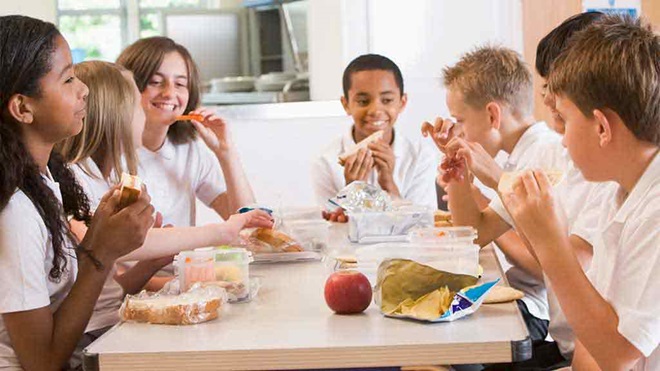For most parents, there's no shaking that nagging feeling every time we pop another plastic-wrapped snack in the school lunchbox: is this really a healthy choice?
With the masses of convenient snacks on the market – and the associated pestering from your kids to have the latest cheese 'dipper' or fruit 'strap' – it's easy to lose track of what's actually good for them and what's not.
When buying pre-packaged snacks, check them against the following four key nutritional criteria for healthier options:
On this page:
- Cost of convenience
- Sodium (salt)
- Other things to consider
- Energy (kilojoules)
- Added sugar
- Saturated fat
We're on your side
For more than 60 years, we've been making a difference for Australian consumers. In that time, we've never taken ads or sponsorship.
Instead we're funded by members who value expert reviews and independent product testing.
With no self-interest behind our advice, you don't just buy smarter, you get the answers that you need.
You know without hesitation what's safe for you and your family.
And you'll never be alone when something goes wrong or a business treats you unfairly.
Learn more about CHOICE membership today
Variety
It's good to vary snacks to give a balance of nutrients. If you're packing a sandwich with a salty filling like Vegemite, avoid tipping the scales by adding a salty snack to the lunchbox as well.
Cost of convenience
In most cases you'll pay extra for the convenience of individually wrapped portions. Consider buying a full-size box or container of the food, and sending a portion off to school in a reusable container for significant savings.
As you would imagine, the price range across the multitude of different lunch snacks available for children varies greatly, but the best way to budget for your weekly shop is to work out how much each comparative product costs per serving (factor in differing serving sizes) and calculate the best value options from there.
Sodium (salt)
While the body requires salt in small doses for good health, the amount of salt creeping into foods, especially children's food, is concerning.
Too much sodium (generally from salt) is associated with raised blood pressure, which increases the risk of heart disease and stroke. So it's important not to have too much, whatever your age.
Crackers and snack combinations of biscuits with a dip or spread are ones to watch out for.
Other things to consider
Fibre
Fibre is an important nutrient for children. Manufacturers aren't required to provide this information though, so many nutrition panels don't give information on fibre content. Fruit, veggies and wholegrain bread are all good sources of fibre.
Calcium
Many cheese snacks have too much saturated fat, but some are OK and can also provide valuable nutrients like calcium and protein. Check the labels for ones with at least 100mg calcium per 100g.
Yoghurt is an even better source of calcium, although some yoghurt products are more nutritious than others.
Energy (kilojoules)
Kids need energy from food to last through the day, but too much energy combined with not enough exercise can lead to excessive weight gain. Look for lunchbox snacks with less than 600 kilojoules per serve – about the equivalent of a banana.
Some snacks, particularly biscuits and chips, will only meet this energy criteria because they're small servings, so don't be tempted to put more than one in.
Added sugar
Foods high in added sugar often have minimal nutritional value, so don't make very good everyday lunchbox snacks. And if they stick to kids' teeth they can encourage decay, so are best avoided.
Lollies are obviously out, but fruit straps can be particularly sticky, and fruit bars can be loaded with sugar – as much as three teaspoons (15g) in a little 20g bar.
Saturated fat
Too much saturated fat in the diet is associated with an increase in coronary heart disease, and even kids need to limit the amount they eat. Fatty snacks are also energy-dense and can contribute to weight gain.
Watch out for biscuits – some contain more saturated fat than chips – and muesli and cereal bars are often stuck together with fats and sugars.
Stock images: Getty, unless otherwise stated.



